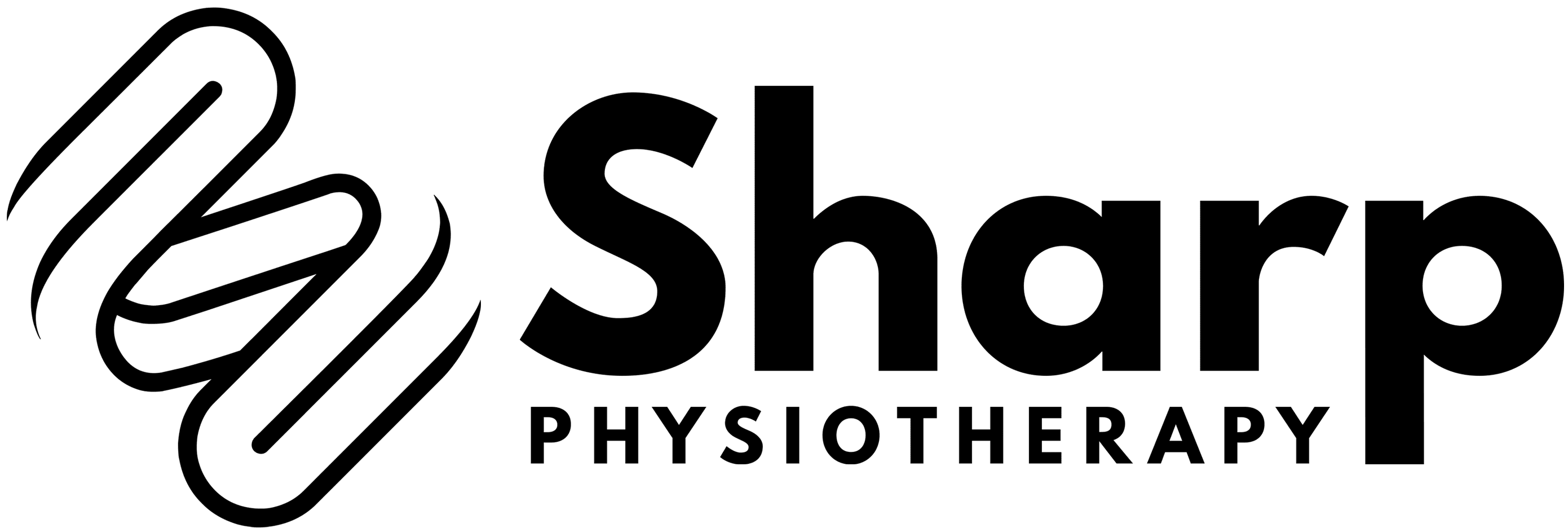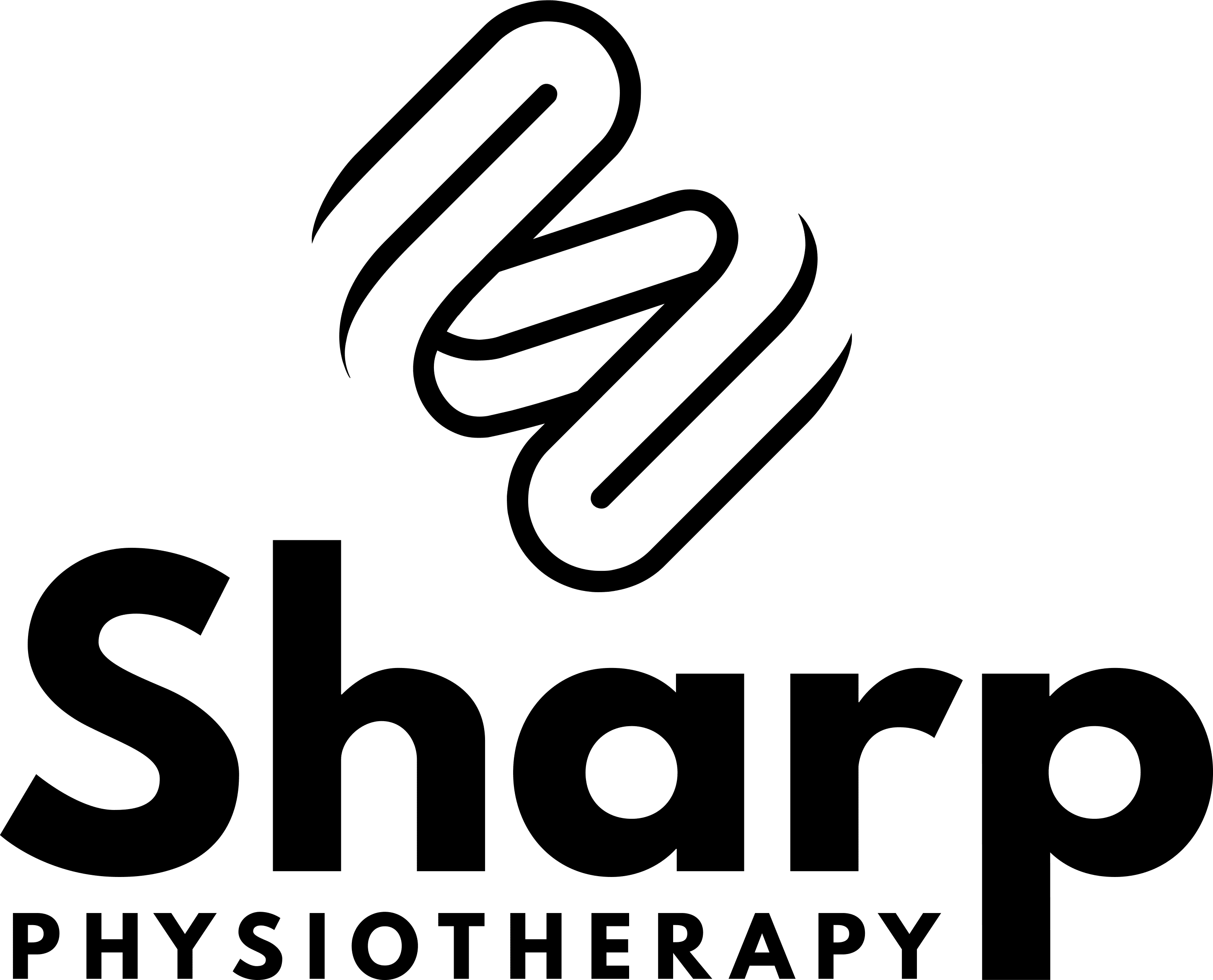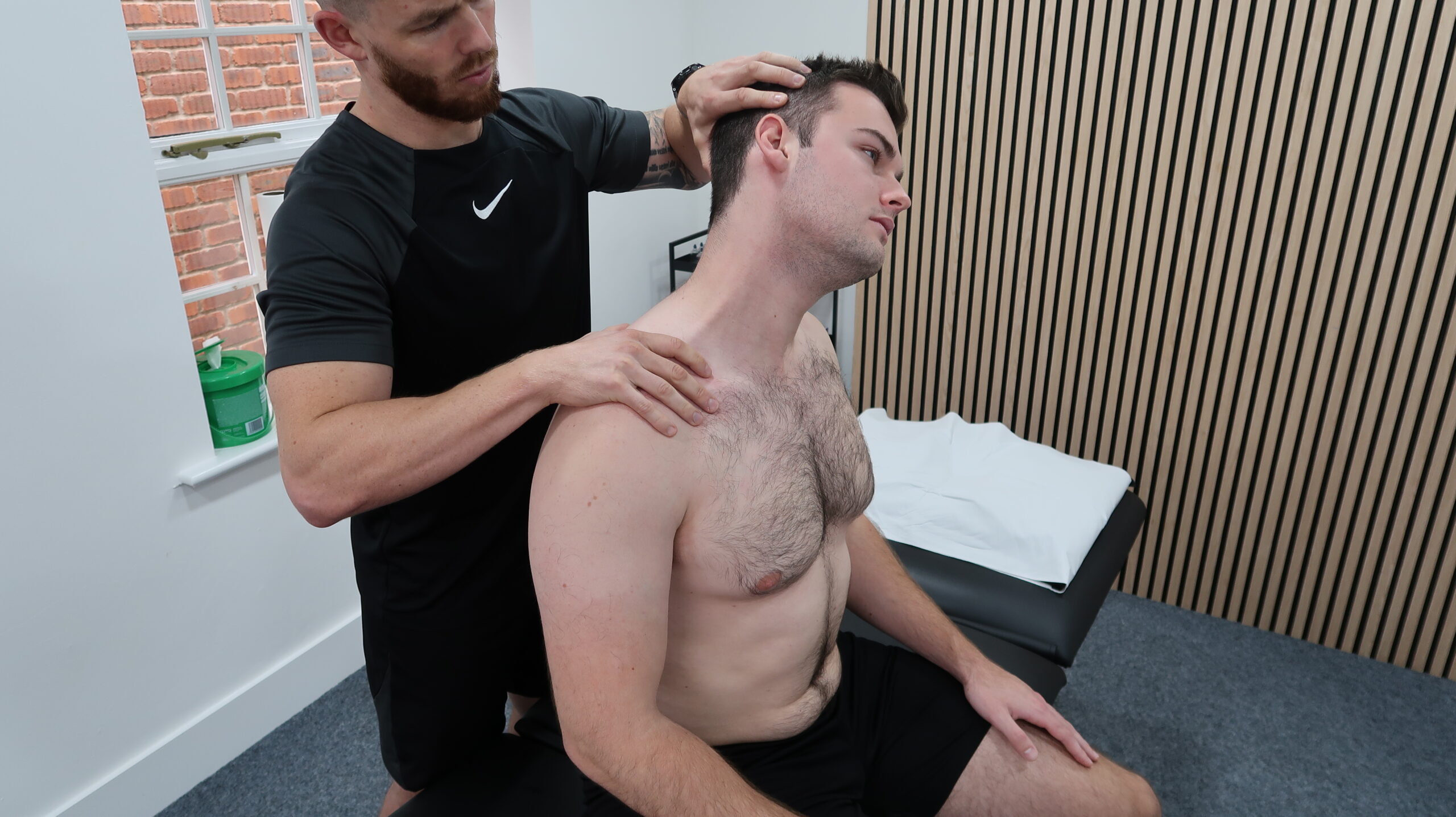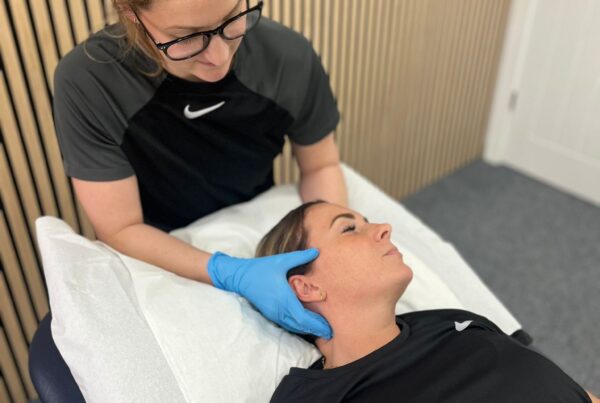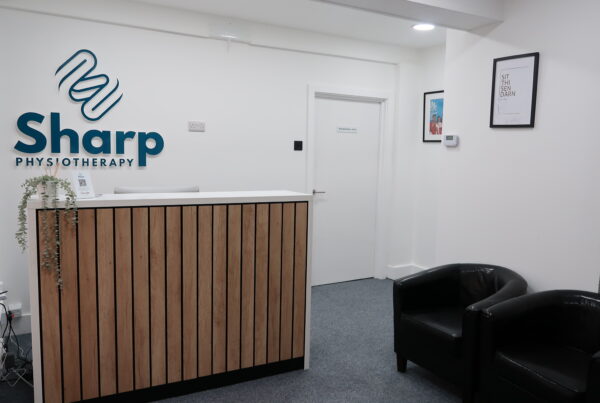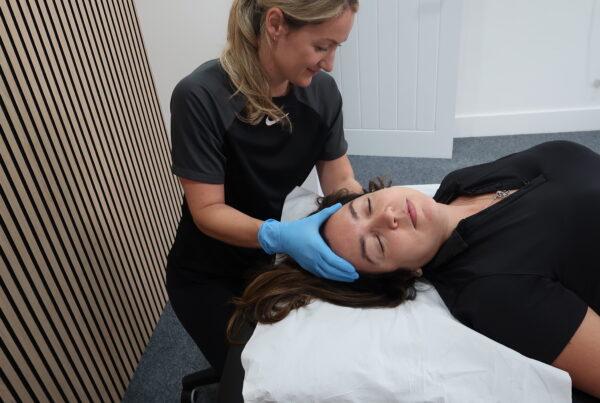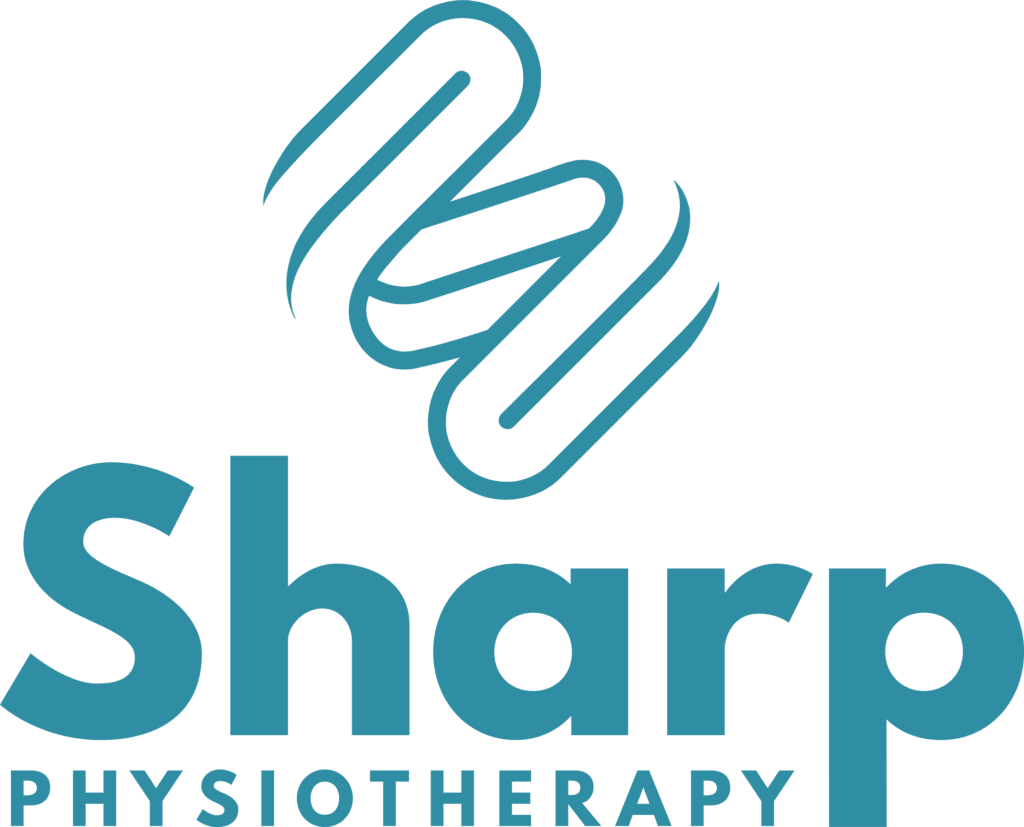When this lady attended a physiotherapy appointment at our Lincoln Clinic and told me she was thinking of retiring due to neck pain I was horrified. She had an extensive history of neck, mid back and shoulder pain that had been ongoing for years, and her symptoms were getting so bad that she was struggling at work and had already been advised she may need to stop working!
Being a mum of 2, a runner and working long days as a dental hygienist, there really was no time to be injured but her neck pain had got so bad it was beginning to impact on all areas of her life. Having already tried chiropractic treatment and various physiotherapy treatments with no success, she had started to accept that nothing could be done but a post around neck pain on our Facebook page encouraged her to contact the Sharp Physiotherapy Team.
Her main symptoms were constant pain in the neck, shoulders and around shoulder blades with intermittent referral into the left side of her head and face. Turning her head to check blind spots while driving was becoming increasingly difficult and getting comfortable on the pillow was nearly impossible and as a result was disturbing her sleep.
From an assessment, all neck and back movements were restricted with pain rotating her head to look over both shoulders and extending her head to look up. Both shoulders were rounded, and her chin and head were tilted forwards. On palpation of the soft tissues and muscles around the neck and shoulders, significant tightness could be found particularly through the trapezius, scalenes and sternocleidomastoid muscles with active trigger points referring into the head and replicating the headaches she experiences daily.
It is not uncommon for patients with longstanding neck pain to develop headaches and this is often referred to as a cervicogenic headache. Some of the large muscles of the neck attach to the base of the skull so when they are tight or restricted it is not uncommon for symptoms to refer into the head. Symptoms can be both sides of the head or one side and tend to be intermittent.
Treatment began on the first appointment and the first goal was to restore range of movement by releasing the tissues that are tight around the neck, shoulder and upper back, and this was achieved through the application of hands-on treatment techniques. Home exercises along with self-release techniques were prescribed to speed up the process in between sessions, and the patient was asked to monitor her symptoms in between sessions to establish whether the treatment is working. Pain had improved drastically even after the first treatment session and after 4 treatments was pretty much pain free.
Once pain levels had dropped, the main objective was to develop strength and stability around the neck and shoulders to ensure she can withstand the demands of working and exercising. This will keep her pain free and out of the physio room, and this was achieved by commencing a low-level rehab program which was progressed initially every 2 weeks and later every 4 weeks.
Within 4 sessions of physiotherapy, she was no longer reporting any neck pain, was not experiencing the tension headaches and could demonstrate full range of movement through her neck and shoulders. More importantly, she was working full days as a dental hygienist pain free and the thought of retiring due to pain had become a distant memory.
What causes neck pain?
Most of us will experience neck pain at some point in our lives but vary rarely will there be a specific injury that starts the pain such as a trip or fall which begs the question…. Why do we get neck pain?
Well, there are many potential causes but today I am going to focus on the two most common causes that we see in clinic.
Sleeping position
Have you ever considered that your sleeping position may be causing neck pain?
The average person will spend a third of their entire life in bed, so being comfortable and in a neck friendly position is paramount. Most people find that front laying with their head turned is the most comfortable position for getting to sleep, but this is a dangerous position for the small joints that make up the neck.
This is because the joints will be taken into end of range extension, side flexion and rotation and any joint that is consistently taken to its end range will eventually develop problems. Over a 6-8-hour period, abnormal stress will be put on the soft tissue structures around the neck and wreak havoc on the joints.
If you are sleeping in the wrong position, what impact will this be having on your neck and back over the months and years to come?
Below are the most common sleeping positions that will very often lead you to neck pain:
- Laying on your front with your head turned.
• Laying on your side with too many pillows.
• Laying on your back with too many pillows.
If you feel that you may be sleeping in the wrong position, there are simple strategies you can implement quickly to start combatting your pain.
- A side lying sleeping position with one pillow as this will promote a neutral spine when asleep.2. Bespoke made pillows. Thankfully there are now companies that can now make bespoke pillows by simply taking measurements such as shoulder width and ear to shoulder depth and the beauty is you can do this yourself without the need to go into a shop or travel hundreds of miles. Please drop us a message by filling out the enquiry form if this is something that would interest you and we will point you in the right direction.3. Avoid too many pillows.4. Incorporate a stretching program into your daily routine.
Text Neck
Have you ever heard of text neck? Well text neck is an actual thing and refers to neck pain that is bought on by having your head in a forward position for a prolonged period, the exact position you will adopt while looking at your phone. This forward head posture will alter the curvature of the cervical spine and as a result, joints and soft tissues around the neck will be stressed.
The muscles will adapt to this position by tightening and taking into consideration the large muscle groups around the neck also cover the shoulders and middle back, it is not a surprise that pain begins to be felt in multiple areas.
Similarly, if you have a desk-based job or do a lot of driving and you are not set up correctly you will also be predisposing yourself to neck, back and shoulder pain. Having your monitor below head height for example will cause your head to tip forwards and shoulders to round and considering the average person spends 8 hours a day at work, is it a surprise that so many office workers complain of neck and shoulder pain?
Here is a little test than you can do right away. Go into your phone settings and check your screen time. Are you spending more than 3 hours on your phone a day. From our experience, patients who experience text neck and reduce their screen time to less than 3 hours’ notice a dramatic improvement in their symptoms.
Is exercise good or bad for neck pain?
If you search exercises for neck pain on Google or YouTube, there are thousands to choose from but how do you know if you are helping or hindering? Without question, if you struggle with neck pain then some form of exercise is going to be required to either strengthen or stretch the muscles around the neck. If you already go to the gym and use the weights or resistance machines, I want you to think about how many pushing-based exercises you do in relation to pulling?
Too many pushing based exercises such as chest press, or shoulder press will not improve your posture and will often be detrimental by further tightening the pectorals, anterior deltoid and lats. Phones, laptops, driving and gravity is encouraging us to round our shoulders and tip our head forward, and to combat this I recommend doing pulling based exercises such as rows or reverse fly’s every day to negate this and promote a healthy posture. If you like weight training, a good starting point is a 2:1 pull to push ratio when structuring your program, and for my patients who have postural related neck and shoulder pain, I will often advise to stop all pushing exercises completely until symptoms have settled.
It is important to remember that there isn’t ‘one thing’ that will cure your neck, shoulder or back pain and a multi-faceted approach is required. Physiotherapy can offer a long-term solution to managing your pain through hands of treatment techniques, exercise modification, and exercise prescription. If you are experiencing neck or shoulder pain and feel that physiotherapy may be able to help, please fill out the form below.
Best wishes,
Joe
[/cs_text][/cs_element_layout_column][/cs_element_layout_row][/cs_element_section][cs_element_section _id=”7″ ][cs_element_layout_row _id=”8″ ][cs_element_layout_column _id=”9″ ][cs_element_creative_cta _id=”10″ ][/cs_element_layout_column][/cs_element_layout_row][/cs_element_section][/cs_content]